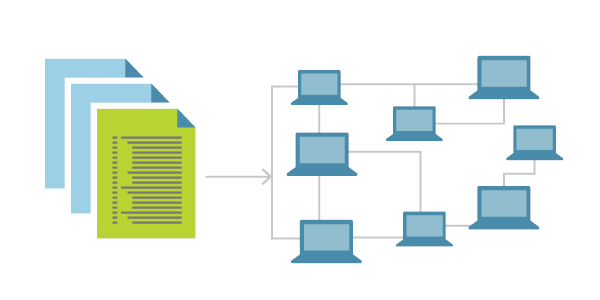Tag: Infrastructure
What is Infrastructure as Code? (IaC)
Introduction: What is IaC?

Today we will become acquainted with a concept known as Infrastructure as Code. The idea of Infrastructure as Code is becoming more and more popular today. IaC is a method used to manage and provision a data center via defined machine-readable files instead of physical hardware configuration or other interactive configuration tools. This article will share what it is used for, why it is important, and why businesses strive to utilize this platform to achieve a desired set of results. It is essential to understand that we will consider both the theoretical and practical parts of IaC.
How Can Our New Managed Cloud Platform Benefit You?
Liquid Web’s new Cloud Platform is an environment designed with website uptime, ease of use, and scalability in mind. It combines the easy-to-use cPanel-based environment with a Load Balancing solution. This platform is also included in our Fully Managed Support.
DevOps: A New Perspective on Shared Automation
What is DevOps?
DevOps is a set of various tools, practices, and ideals that combine software development (Dev) and IT Operations (Ops) into a single unifying force. It allows for better collaboration between developers, operations teams, system administrators, and system engineers. Their streamlined goal is to continually provide a high-value software product to the customer at high speed while monitoring and improving the overall process than using traditional software and infrastructure management.
How to Install and Configure Chef on Ubuntu 18.04
Introduction
In this article, we will be reviewing the Chef software, how it works, and why it is useful. We will also explore how it is helpful in DevOps. And then, we will install Chef on Ubuntu 18.04.
What is Configuration Management?

Configuration management is the process by which a company or organization defines and tracks the state of its infrastructural resources. Encapsulated in those resources are both physical hardware and software. It is a means to ensure that when changes are made to a system, those changes are tracked, geared toward the ultimate predefined criteria of what state should be.
What is High Availability? A Tutorial

High availability is the description of a system designed to be fault-tolerant, highly dependable, operates continuously without intervention, or having a single point of failure. These systems are highly sought after to increase the availability and uptime required to keep an infrastructure running without issue. The following characteristics define a High Availability system.
What is Serverless? A Beginners Guide
What is Serverless?

Serverless computing (or serverless for short), is an execution model where the cloud provider manages and allocates resources dynamically without the need for infrastructure. Resource allocation is based on the as needed, real-time use of your application or website. When running this type of hosting, you are only charged for the amount of resources that our code uses.
How to Install SaltStack on Ubuntu 20.04
What is SaltStack?
SaltStack is an open-source infrastructure management platform built on a dynamic communications bus. The main structure of SaltStack contains two main components for work: one Salt Master and several Salt Minions. Salt Master is the main control system used to send commands to Salt Minion and their configuration. Salt Minions (they are also called Nodes) are subsystems that work on managed servers and receive commands from the master, as well as their configuration. At least two servers are required for interaction settings. One for the Master and one for the node. All nodes are configured in the same way.
The Best DevOps Tools for Infrastructure Automation
Today, DevOps teams try to utilize automation as much as possible. This is to cut down on the sheer number of repeatable processes to limit man-hours worked, throttle development efforts, and to reduce the possibility of errors. This is also a business necessity to reduce overhead costs, increase the speed of the CI/CD process and increase customer satisfaction. There are multiple individual areas that need to be automated to have a fully autonomous infrastructure. Luckily, there are various tools we can take advantage of to help us automate our infrastructure and make sure we have well-developed DevOps processes. In this article we will go over the several of the best DevOps tools for our infrastructure systems.
Installing Jenkins on Ubuntu 16.04
What Is Jenkins?
Jenkins is an open source automation server software developed in Java. It allows developers to integrate CI/CD (Continuous Integration/Continuous Delivery) pipelines within their organization that ease and automate workflows. It has an extensive help community, supports over 1000 plugins, allows users the ability to automate almost any task and, it saves significant time that can be better utilized addressing other issues.
Our Sales and Support teams are available 24 hours by phone or e-mail to assist.

